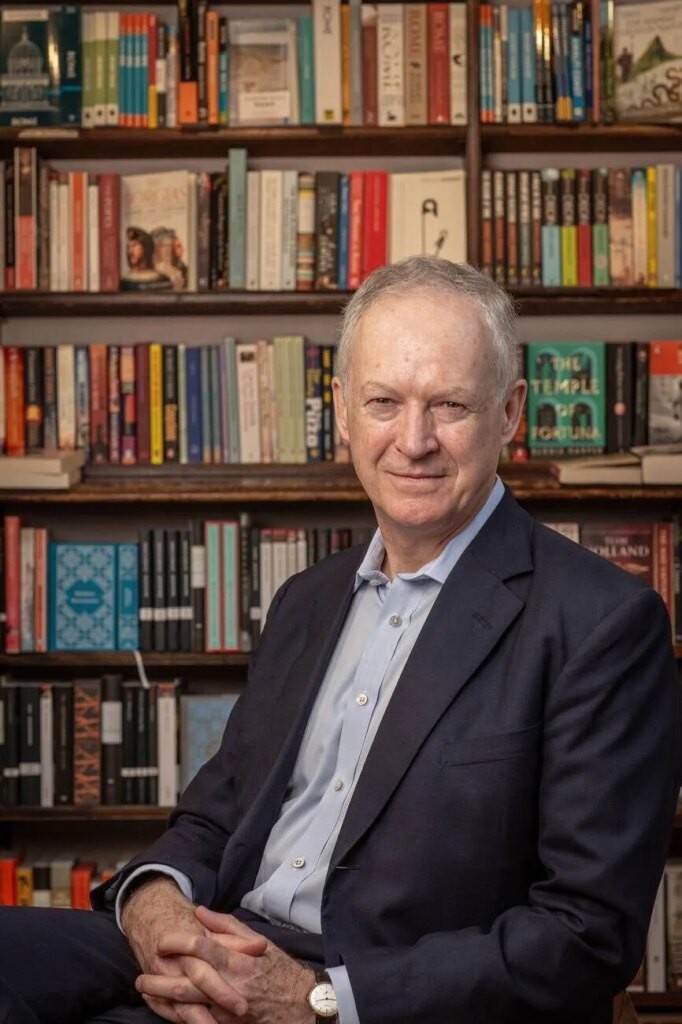Discover how James Daunt is bringing heart back to bookstores, blending indie charm with big-chain success and the joy of human connection.
You know when you walk into a bookstore and it doesn’t just smell of fresh pages and new bindings, but it feels like it was made just for you? That warmth, that idiosyncrasy, well, that’s the kind of magic James Daunt seems to chase. His strategy? It’s not flashy disruption or gimmicky tech. It’s more subtle. More human. More nostalgic… in the best way possible.
Who Is James Daunt?
James Daunt is the quietly revolutionary bookseller who’s managed to do what many thought impossible: breathe new life into the world of brick-and-mortar bookstores.
A British entrepreneur and lifelong book lover, he first made his mark by founding Daunt Books, a chain of beautifully curated independent shops in London that are known for their travel-inspired layouts and personal touch.
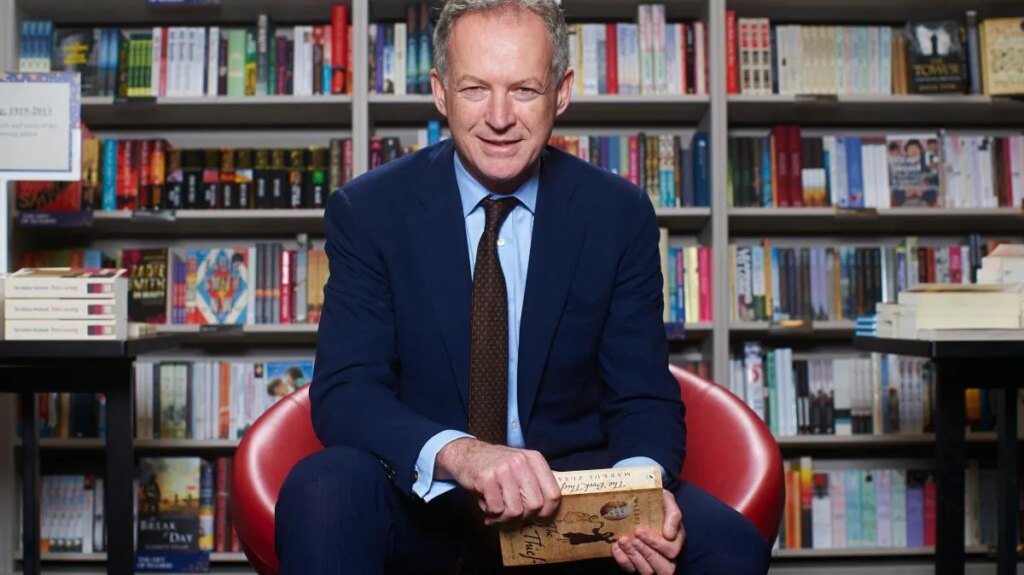
Later, he took the helm at Waterstones in the UK, steering the chain back to higher levels of profitability through a mix of local autonomy and old-fashioned bookseller intuition.
Now, as the CEO of Barnes & Noble in the US, Daunt has become something of a legend in the literary retail world. He’s a man proving that bookstores, when treated as cultural hubs rather than corporate machines, can still thrive in the age of Amazon.
From Independent Roots to Big-Chain Revival

Daunt’s story is interesting because he “grew up” in small, independent bookstores. He’s owned Daunt Books in London (and several others), and he ran Waterstones too, before being called in to turn around Barnes & Noble. So rather than accept the “chains vs indie” tension as standard, he’s thinking differently. He’s made a career asking: what if chain bookstores could borrow the soul of independents, all that local flavor, curated shelves, staff who love books… but while still using scale wisely?
Local Taste & Autonomy

One of Daunt’s key moves has been giving stores autonomy. Rather than doing everything centrally, rather than explicitly telling every store which books to stock, what signage to use, what layout to enforce, he allows local booksellers to pick which books to highlight based on who lives in the neighborhood.
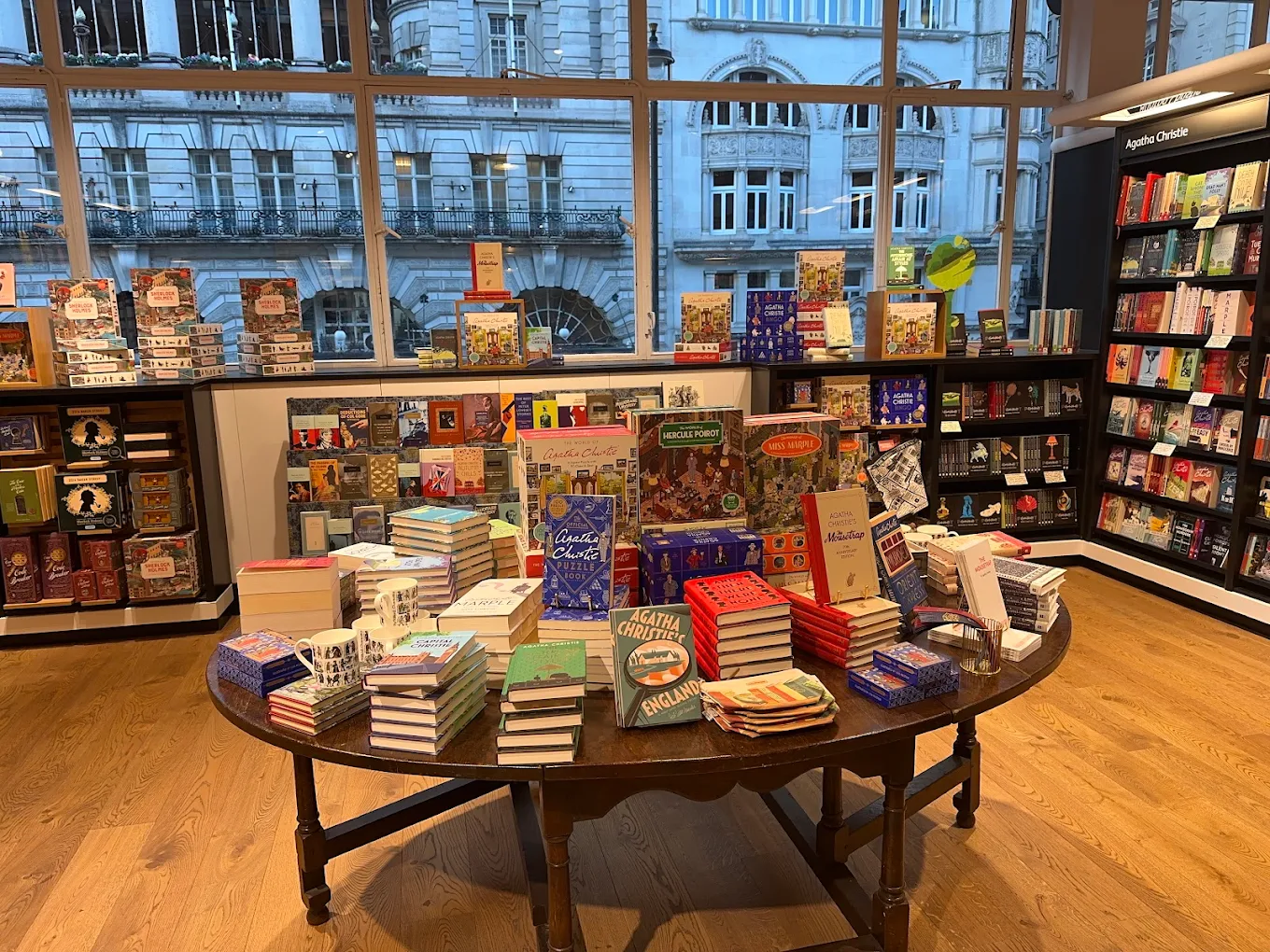
That means a Barnes & Noble or a Waterstones under Daunt doesn’t feel like a clone of every other branch. It starts to feel like something that belongs in its corner of town. If your local neighborhood has a big interest in, say, cooking, poetry, or sci-fi, the store reflects that. That makes browsing feel much more alive and makes readers feel more understood.
Curating Over Cataloguing
Another thing Daunt insists on: don’t try to carry every book, just carry the best of what matters locally. By doing this, he’s chosen quality over quantity. This means that instead of overwhelming people with endless shelves of titles they’ll never see, he can provide shoppers with the opportunity to encounter books they actually care about, or books that they might just fall in love with.

It’s a somewhat counterintuitive business move: less inventory might mean fewer immediate options, but it can make the store feel more inviting, more manageable, more of a place you want to linger. Browsing becomes an experience, not a chore.
Using the Down Times to Reimagine Spaces
Here’s yet another clever move: during the height of the pandemic, when stores were forced to close or reduce operations, Daunt took that downtime as an opportunity. He jumped at a moment of peace and started remodeling stores, rethinking their inventory, and reengaging with local booksellers for feedback.
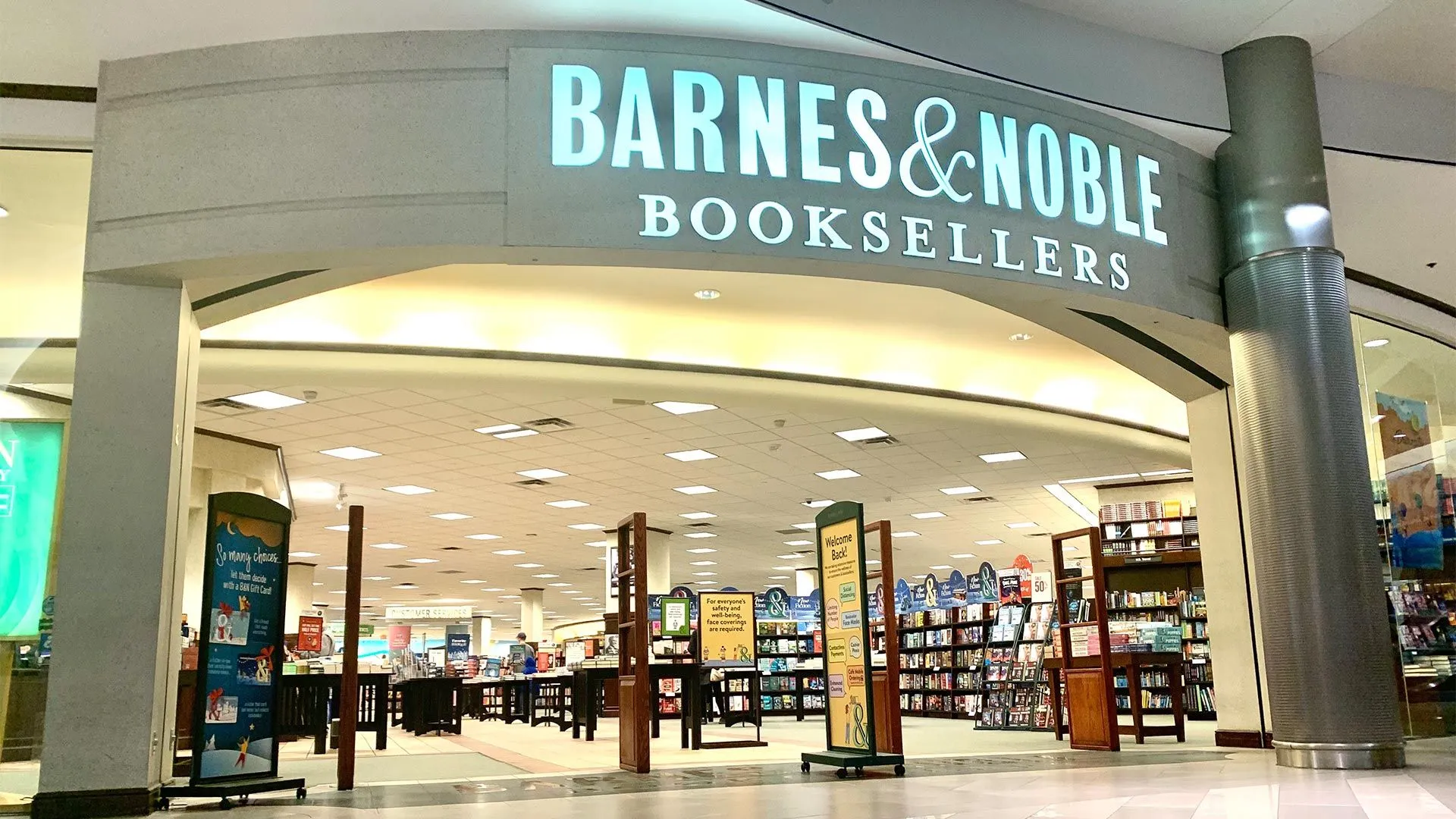
Rather than seeing closure as just damage control, he used it as a chance to reset. To make stores more reflective of the people who walk into them. That’s part of his magic: seeing challenges as openings.
Putting the Soul Back into Bookselling
Daunt loves to contrast his vision with what he sees as the pitfalls of major online giants. He has criticized physical Amazon bookstores as “soulless” and unimaginative. The argument: yes, they offer choices and convenience, but if your bookstore feels like a warehouse, or like someone could have plucked the same store from any other city, that undermines something vital about what a bookstore can be, or maybe even should be.
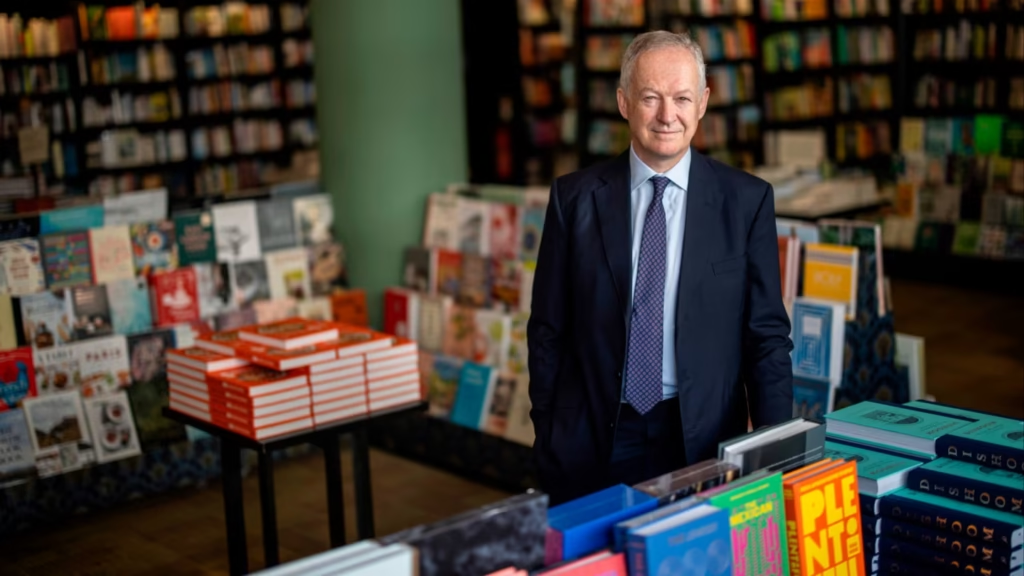
For Daunt, a bookstore is more than commerce. It’s theatre, community, and an intimate connection. The smell, the layout, the staff recommendations, the surprise find on a shelf — they may seem small, but they quickly add up.
Some Possible Downsides, But (Mostly) Optimism
Of course, nothing is ever perfect. Daunt knows what he’s doing, but there are still downsides. Giving stores local autonomy can make supply chain logistics more complex. It can be harder to negotiate massive deals or streamline inventory when every store is doing its own thing. Remodels cost money. Inventory turnover is risky.
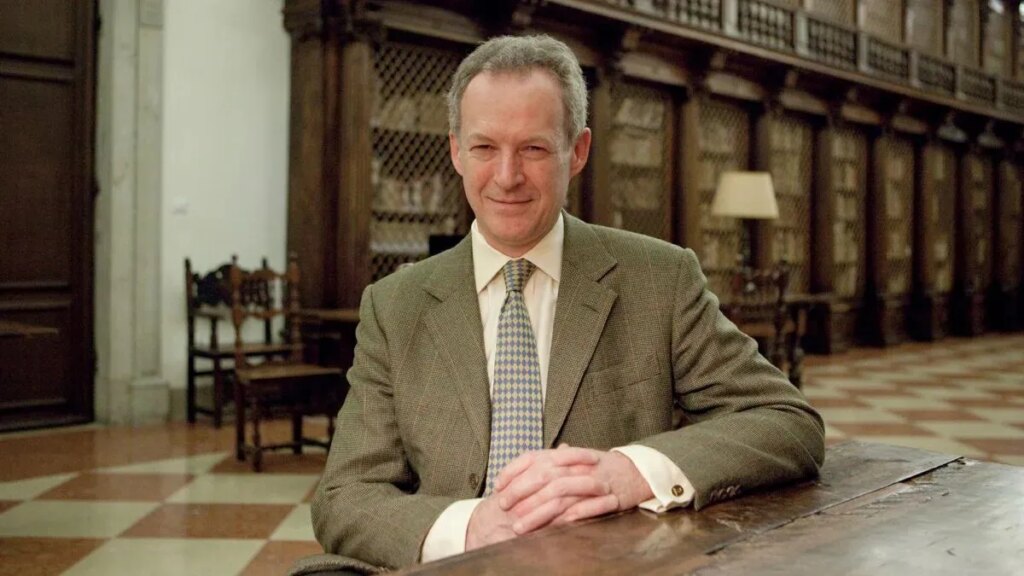
Also, balancing what people want locally with what they should be shown is an art. After all, you don’t want an echo chamber where every store only sells safe or popular tastes. Part of the magic is surprise, pushing boundaries a little.
But Daunt appears aware of that tension and seems to want to walk it rather than ignore it.
Join our community of 1.5M readers
Like this story? You'll love our free weekly magazine.





